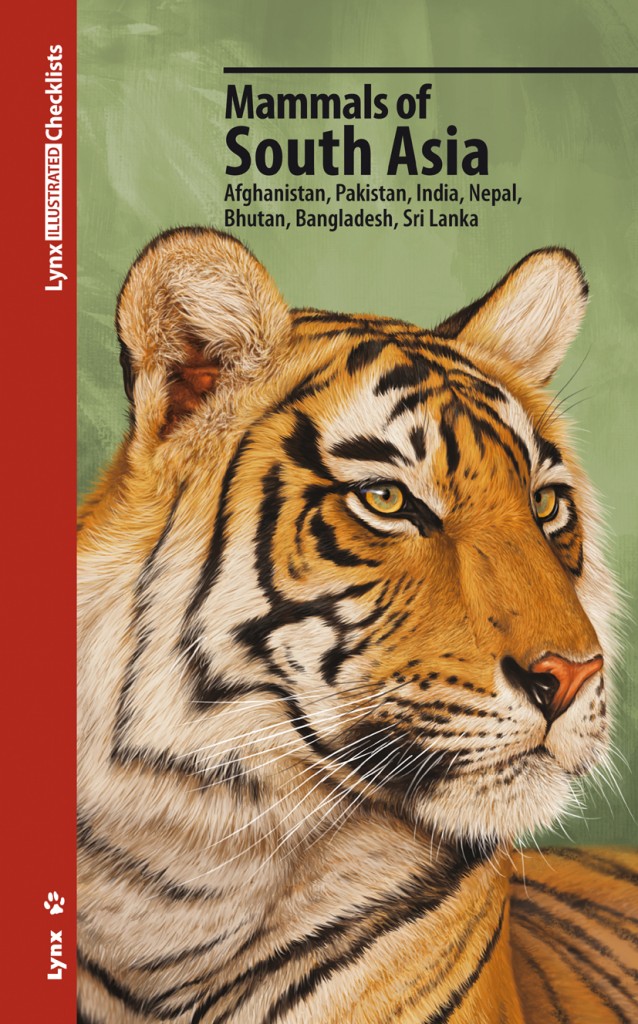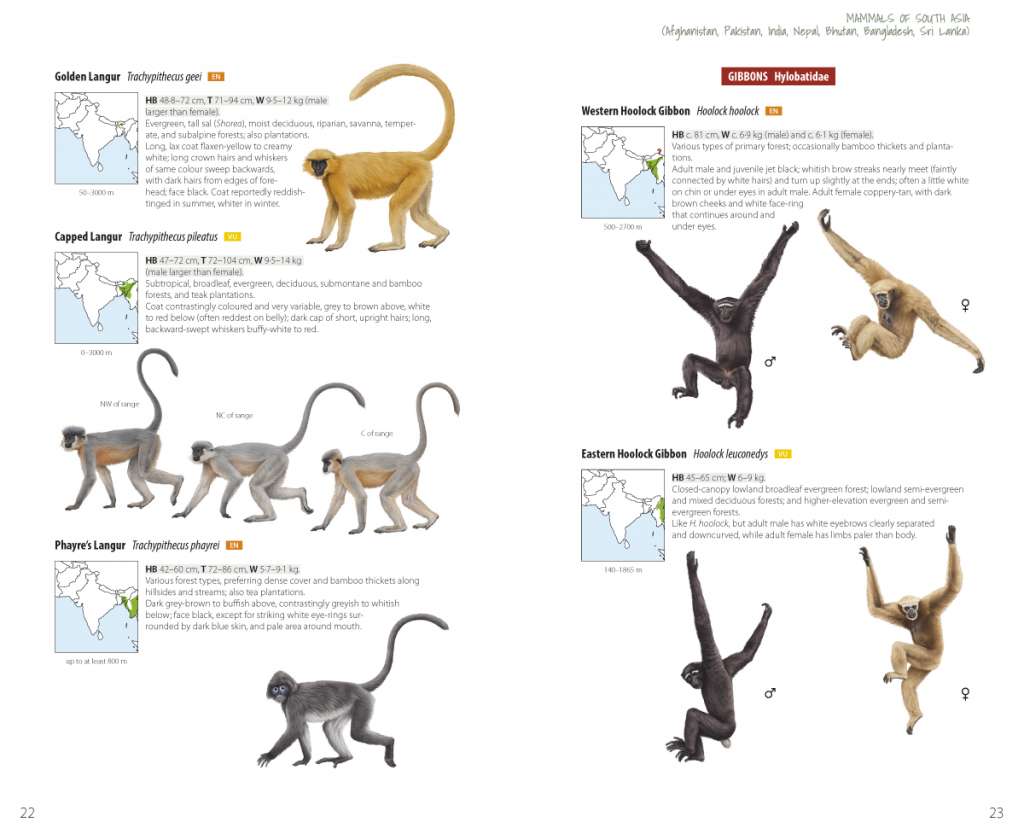Book Review: Mammals of South Asia (Lynx Checklist)

Back in March I reviewed the first of the Lynx Illustrated Checklists, that covered the mammals of southern South America,
Lynx have now released the second book covering Southern Asia, which means India, Pakistan, Bangladesh, Sri Lanka, Nepal, Bhutan and Afghanistan. The format follows that of the first book, with all mammal species illustrated and written up succinctly. It is a light paperback so easy to pack for a trip (does anyone remember trips?).

Though Vivek Menon has a comprehensive field guide to the Mammals of India, I am not aware of anything that covers all the mammals in any of the other countries in the region, so this is an invaluable book for anyone travelling to Nepal and Sri Lanka for example.
Having everything listed in one book makes it a whole lot easier to identify smaller species in particular, or at least narrow down the range of possibilities. Until now, trying to ID a Nepalese mouse or a Bhutanese bat would mean hours of time on Google, or flicking backwards and forwards through the Handbook of Mammals of the World.
You can download your own checklist of mammals to accompany the book when you buy one.
Mammals of the South Asia is available direct from Lynx and other stores, with more regions coming soon.

8 Comments
-
-
-
Maurice Tijm
Who doesnt love mammal field guides and nice plates
They apparently use new primate plates in these guides compared to hmw, nice.
Jon, how good do they name the diagnostic features between more difficult species? Is it just naming same general features like ‘greyish coat’ or much better?
In hmw they didnt put a lot of effort into that so this would give them quite some additional work before publishing.-
Jon Hall
Hi Maurice, as you can see there is only a very little space to write about each species. So – for smaller species in particular – this isn’t always the book to provide a definitive ID. But – because it is geographically limited in scope – using this book makes it much easier to select the likely suspects if you spot a rat, a bat or a squirrel somewhere.
Once you have a small set of possibilitieis I would go to other books, Google, this forum etc and hopefully get an ID. Before these books though it was often very hard get to that point.
Yes they do have new primate plates, Looking forward to the full illustrated checklist of all the world’s species coming soon.
-
Leave a Reply
You must be logged in to post a comment.


Vladimir Dinets
Looks nice, but the maps look a bit sloppy. Musk deer in Tajikistan?